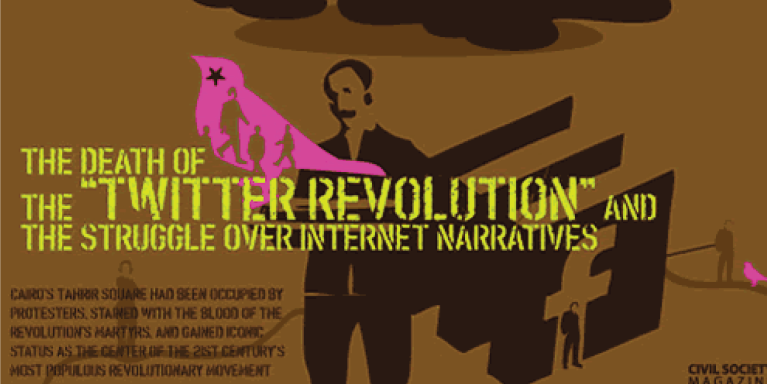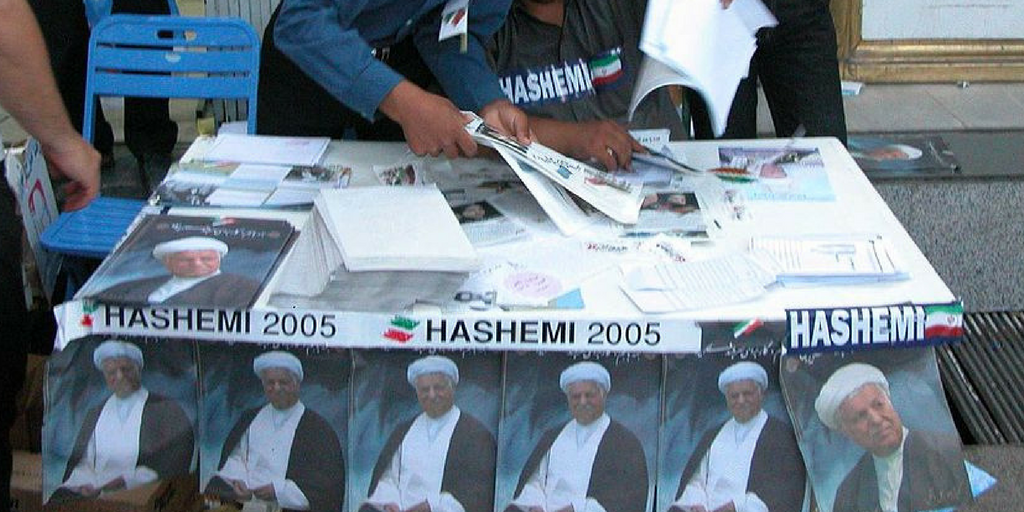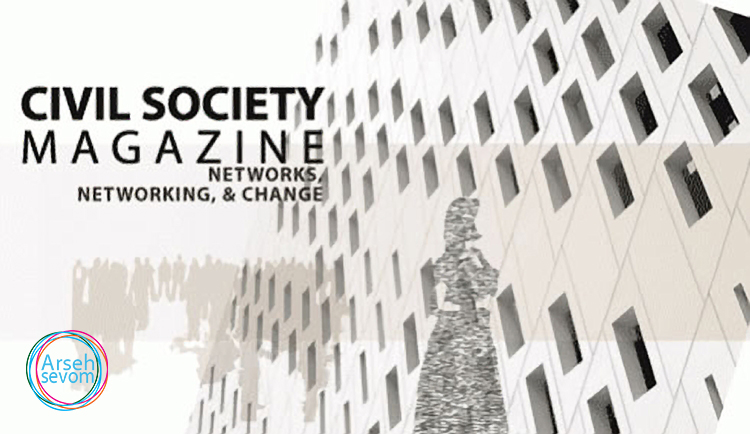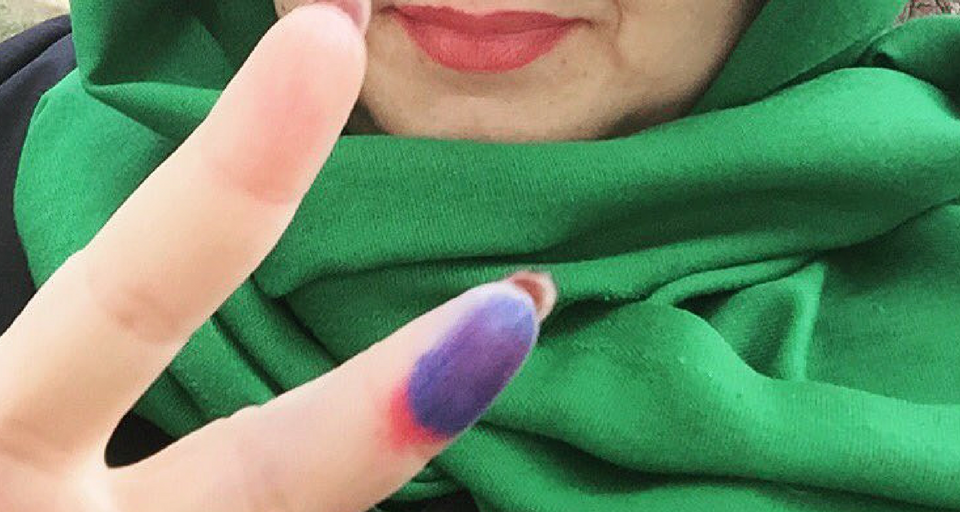
The Death of the “Twitter Revolution” and the Struggle over Internet Narratives
March 15, 2011The death of the “twitter revolution” and the struggle over internet narratives
March 17, 2011Opposition to Clerical Authority over the State
The 1978-79 Islamic revolution radically altered the traditional status of the ulama. Khomeini’s vision–that the clerics should be more than public agents of the Hidden Imam and should instead claim authority over state power–encountered opposition from some of the most senior ulama in the 1980s, most notably Ayatollah Shariatmadari (1905-86) and Ayatollah Mohammad Shirazi (1928-2001), who were placed under house arrest as a result of their opposition. (5) In the face of waves of opposition during the Islamic Republic’s initial Jacobin phase (1979-88), the state clerics adopted various institutional attempts to tame the dissident ulama, especially the most senior ones, whose reach went beyond the borders of Iran and included countries like Iraq, Lebanon and Pakistan, where Tehran had strategic ambitions to spread its revolutionary brand of Shiism.
With the aim of monopolizing religious discourse in Qom, conservative clerics either adopted “propagation” strategies or enforced legal measures to stifle dissent within the religious establishment. The propagation strategies were initiated in the early 1980s with the formation of new ideological centers, most notably the Dafiar-e Tablighat-e Islami-e Howzeh-ye Ilmiyeh-ye (The Office of Islamic Propaganda of the Scientific Seminary), which oversaw the propagation of Khomeini’s version of Shiism in the seminary city of Qom. As dissension strengthened with the rise of execution of opponents and the uncertainty of a seemingly unending war with Iraq in the later half of 1980s, the state was forced to take harsher measures, such as the institutionalization of the official clerical court, the Special Court for the Clergy (SCC) in 1987, which operates outside of the civic judiciary and aims at stifling dissent from clerical circles by identifying and charging “counterrevolutionary” ulama for their opposition to the regime.
Yet the reformist ulama continued their opposition. When Ayatollah Ali Khamenei was selected by the Assembly of Experts, a clerical body in charge of supervising and electing a supreme leader to succeed Khomenei in the summer of 1989, a number of senior clerics openly questioned his religious qualifications and credentials, as well as his authority to issue religious rulings. But Khamenei’s succession led to the consolidation of the absolutist institution of the velayat-e faqih, which brought the seminaries in Qom under greater supervision by conservative clerics.
The Election of Khatami
The 1997 presidential elections that marked the impressive victory of Hojatoleslam Mohamad Khatami, however, provided a new opportunity for the reformist ulama. The late 1990s saw a boom in dissident clerical writings in journals, newspapers and books. The works of clerics like Kadivar, Shabestari and Yosufi Eshkevari, which underwent a number of printed editions, unleashed a series of often-heated public debates on the role of religion in politics. (6) But, as the Iranian public sphere expanded with the relative easing of censorship restrictions under the Khatami government, the reformist ulama faced the harsh measures of the conservative judiciary against reformist print media. A new means of communication was needed to circumvent their censorship, and that means of communication was the Internet.
The Uluma and the Internet
When first introduced in the early 1990s in Iran, the Internet provided an added medium for publishing works of jurisprudence and political pamphlets that were usually blocked in the traditional print media by the conservative clerics. (7) For the most part, the reformist clerics continued to use the conventional means of print publication, but the Internet had a more modern appeal; it allowed them to publish their views to not just a local audience, but regional and global ones as well. Most important, however, the new technology provided a new communicative sphere, a virtual domain that operated beyond the supervision of state authorities.
While the digital space brought to the younger generation the freedom to anonymously interact, exchange ideas, and write about sex and other social taboos, the reformist ulama began to use the new forum to discuss and debate political and theological topics of a complex and polemical nature that were deemed heretical by the conservative clerics. The target audience was not only the religious establishment; it was also the younger domestic and global audiences whose support would be the key to influencing the policy makers who would refuse them a voice in the mass media as it is strictly supervised by the conservative-dominated censorship machinery. The impact of the Internet on Iranian politics resembles the introduction of earlier information technologies, such as the telegraph in the late nineteenth century and the cassette tapes in the 1970s, which also created new individual and social spaces for dissent. (8)
Blog Locally and Reach Globally
In this light, the use of the Internet by reformist ulama can be defined along two salient dimensions. First, the creation of personalized spaces, both websites and blogs, provided a powerful medium for the clerics, especially the younger, more technologically savvy ones, to reach a wider and younger audience, which in turn increasingly used the Internet to reach out to the world. Second, the new medium helped the ulama access information and communicate with a considerable regional and global reach. This would not have been possible with print publications. The political implications of this online venture were significant, since this new space empowered the reformist ulama to propagate their democratic interpretations of Islam, civil rights and women’s status in Islam without the supervision of the state. This process of empowerment has mainly occurred in two distinct phases.





